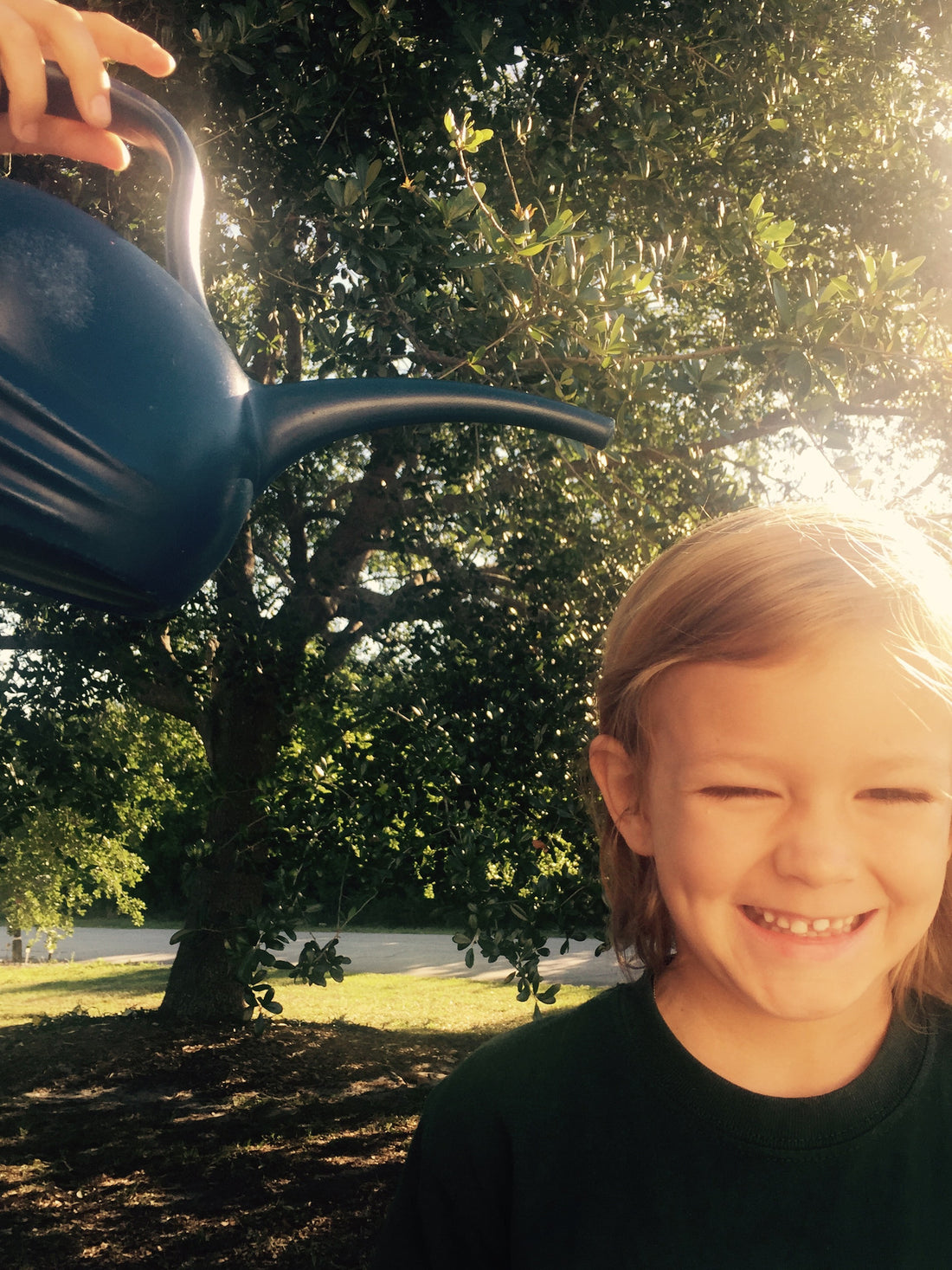
Strategies for growing kindness and gratitude, and weeding out tattling and complaining
Monica JackmanChildren of all ages argue, fight, break things, yell, scream in frustration, take things from others, complain, and speak disrespectfully to others. These behaviors often occur as a natural reaction to the struggle to fulfill their needs, express themselves, and to cope with difficult life situations. Not only do adults tend to focus on these challenging behaviors, but other children do as well, in the form of tattling. Research shows that humans are neurologically wired to have a negativity bias, which means that we more easily notice the negative things that happen, focus on them longer, and are more likely to talk about them with others. The negativity bias helps to ensure human survival, as negative events are more likely to cause harm. The tendency for adults and children to notice and focus on the negative things that happen can result in increased levels of complaining, whining, and tattling. Tattling serves a dual function in that it also brings a child adult attention, which is often reinforcing and results in more tattling! Complaining and tattling behaviors can be draining for parents, and affect the overall quality of engagement in daily activities. As a pediatric therapist and mother of four very self-determined kids, I have experienced how quickly these behaviors can affect the mood and level of fun and enjoyment of everyone involved. So how do we encourage and support children to shift their awareness and attention away from the negative?
The things that we water are the things that will grow.
Here are some simple strategies for watering kindness and gratitude and weeding out complaining, whining, and tattling:
1. Establish a daily gratitude practice with children. This practice can occur on the way home from school, before dinner, or before bed; the key is to practice at a similar time to help to establish it as a habit. Expressing gratitude can be challenging for kids at first, so it is helpful if an adult can model this practice by giving specific examples such as, "I am grateful that you put your shoes on by yourself this morning, without me having to ask you. I am grateful that the line was short at the grocery store". The more children practice, and the more attention they receive from adults, the better they get at noticing positive things and expressing gratitude. Once, my youngest son, who recently turned three, told me that he was grateful for "the sun and tissues" after he returned to school one sunny day following a series of rainy days and a nasty cold. Research shows that living in gratitude increases happiness, and that people can become more grateful with practice.
2. Model the practice of gratitude during daily life by thanking others for the little things, and reinforcing children when they express thankfulness or gratitude. The "Gratitude Flower Song" teaches children that when someone feels grateful, a flower grows in her heart, and expressing gratitude is like giving that flower to someone else.
3. Help older or more verbal children to reframe or shift focus from complaints by modeling how to notice an associated positive. For example, "You feel angry that the power went out, but we have all those candles in the garage...let's light the candles and tell creepy ghost stories. The candles will make the stories much more scary." Or, make a rule that for every negative comment or complaint, the child must also list appreciation for something or someone in a positive manner.
4. To discourage tattling proactively, encourage children to report acts of kindness. This can be a daily practice that is done in conjunction with gratitude practice. Start by asking the child if she noticed anyone doing anything kind that day. Give a specific example as needed to model the practice, such as, "I saw a man pull over and help a turtle cross the road today- that was so kind!" Younger children may prefer to report acts of kindness that they have done instead. As with gratitude practice, the more children engage in kindness reporting and receive positive attention from adults for sharing kind acts, the more likely they are to notice these positive acts throughout the day.
5. If a child does tattle, tell him that right now, you are much more interested in knowing about kind acts that are happening, and ask him to please report back to you when he notices one.
6. Use a visual, such as the Super Me board, to reinforce acts of kindness and to help children express gratitude.
If you have any questions or comments, please feel free to post them in the comments below.
If you have enjoyed this post and think that it may benefit others, I would be very grateful if you would share it via email, twitter or Facebook.
-Dr. Monica Jackman, Little Lotus Therapy
